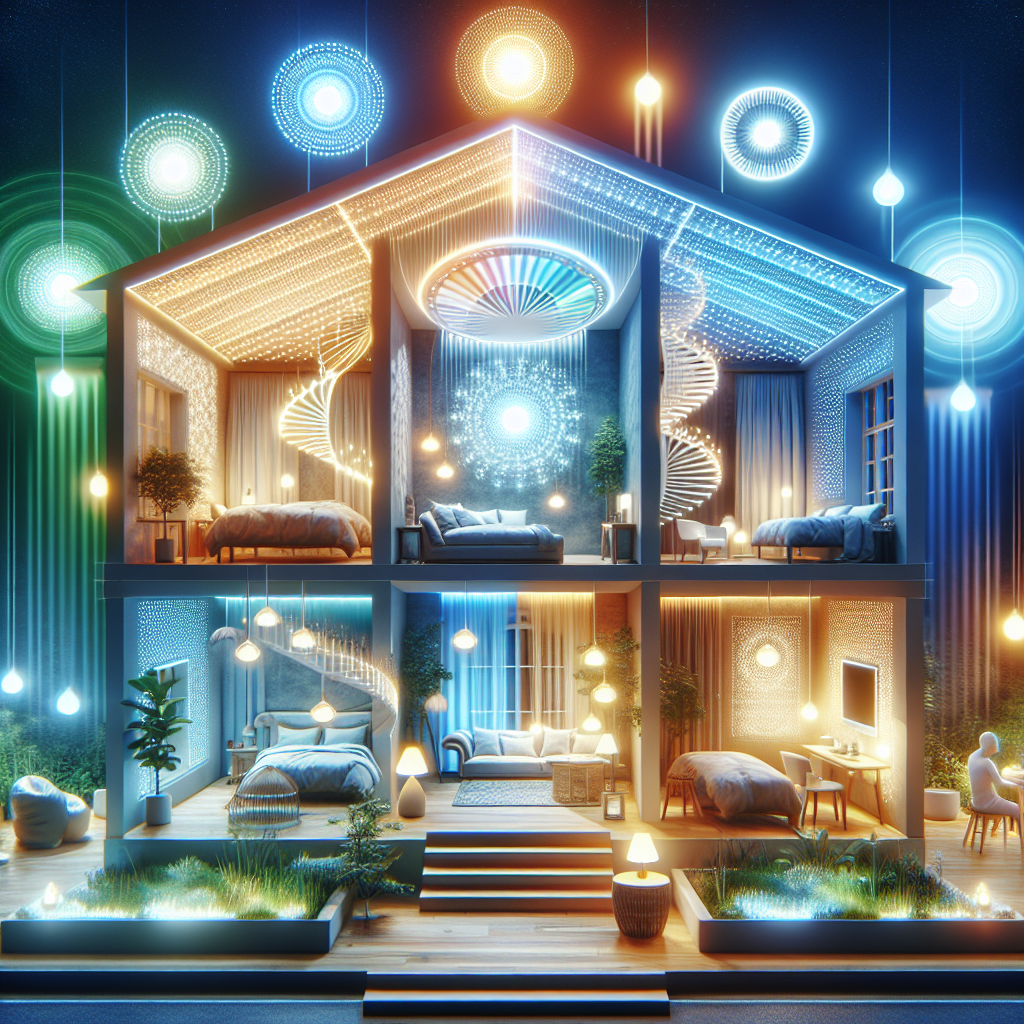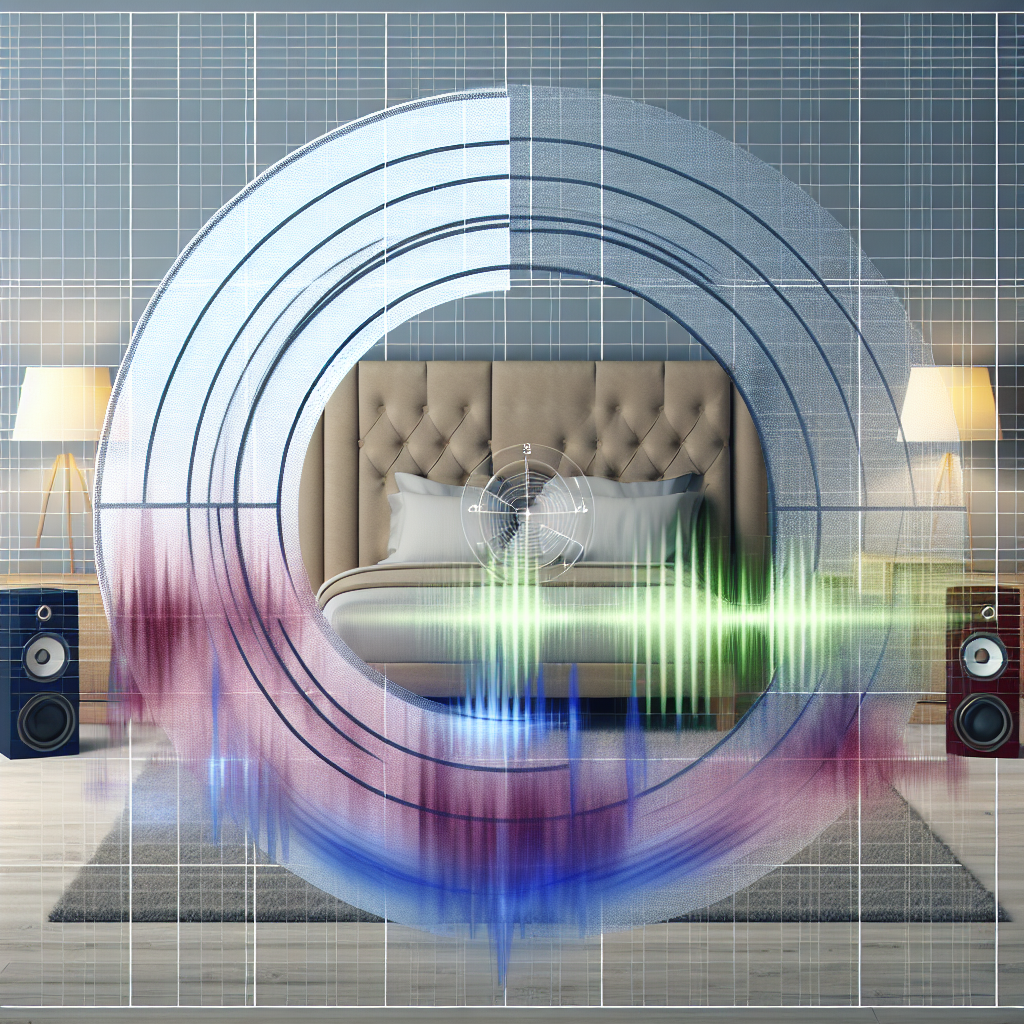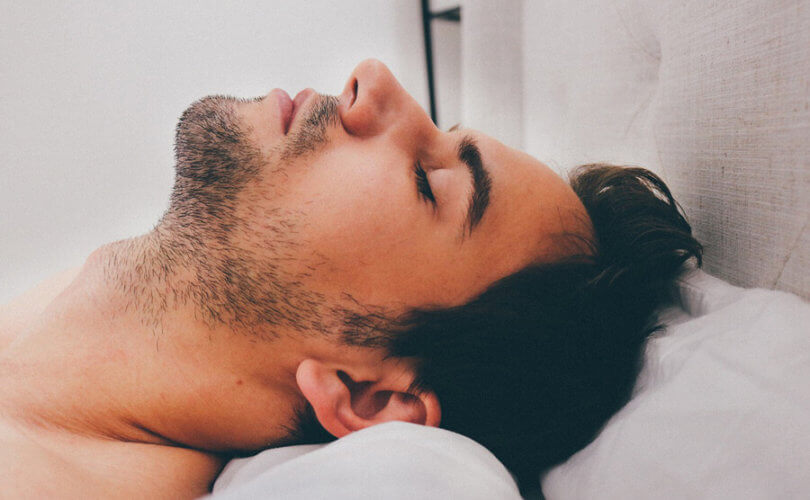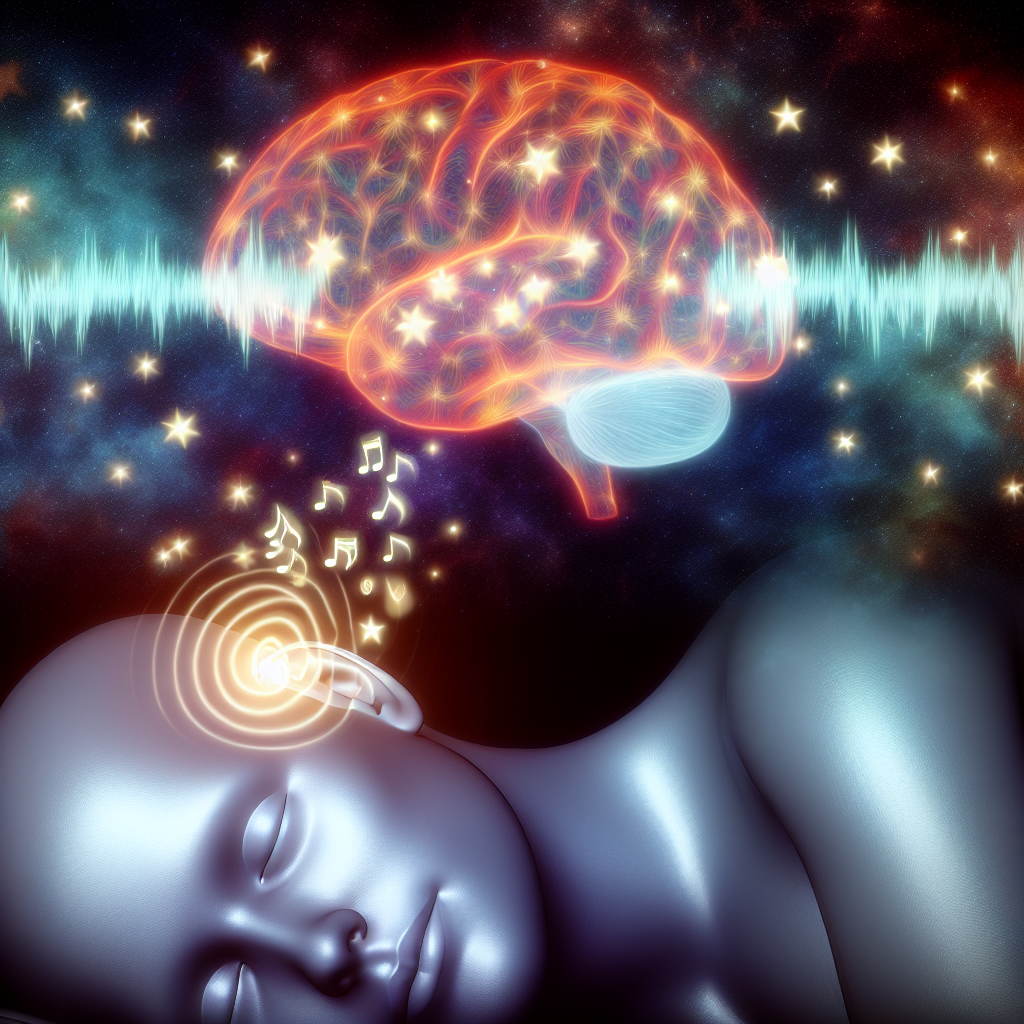Circadian Lighting Systems: Complete Home Sleep Optimization
Introduction: Revolutionizing Sleep with Circadian Lighting
Sleep is one of the most vital functions for maintaining overall health, yet millions of people struggle to get the restorative sleep they need. Insomnia, difficulty falling asleep, or staying asleep have become widespread problems often linked to environmental factors—including exposure to artificial light. The modern world’s reliance on digital devices, LED lighting, and irregular schedules wreaks havoc on the body’s natural circadian rhythm, the internal clock that governs sleep-wake cycles. Luckily, technology has advanced beyond simply causing the problem; it is also creating solutions.
Enter circadian lighting systems—a cutting-edge feature for optimizing homes to promote better sleep health. These systems are designed to mimic the ebb and flow of natural daylight, syncing lighting in your home with your body’s circadian rhythm. They aim to balance light exposure throughout the day and provide the right lighting environment as you move toward bedtime. Gone are the days of bright artificial lights that overstimulate the brain and trick it into staying awake. With circadian lighting, homes are becoming smart environments geared toward promoting restorative sleep.
How Does Light Impact Sleep and Circadian Rhythms?
Light exposure plays a foundational role in regulating melatonin, often called the “sleep hormone.” Exposure to bright light during the day naturally reduces melatonin levels, keeping us alert and regulating our wakefulness; however, artificial blue light disrupts this balance at night. Overexposure to blue wavelengths—common in LED lights and digital screens—tricks the brain into delaying sleep.
Circadian lighting remedies this conflict by tailoring light to mirror natural sunlight patterns, emphasizing energizing, bright wavelengths in the morning and transitioning to soft, warm hues in the evening. By syncing with your internal clock, this lighting actively encourages melatonin production when you need sleep the most.
The Science Is Clear: The Effects of Lighting on Sleep
Scientific research strongly supports the link between lighting exposure and sleep quality. For instance, researchers at Harvard Medical School have studied how blue light profoundly affects melatonin production, exacerbating sleep disruptions. Blue wavelengths are more effective at suppressing melatonin compared to other light spectrums, leading to insomnia and poorer overall sleep.
Additionally, a groundbreaking Nature study highlighted the role of melanopsin-containing cells in the retina. These specialized photoreceptors are hypersensitive to specific wavelengths of light, playing a crucial role in regulating circadian rhythms. Circadian lighting applies this knowledge, modifying light tones and brightness in alignment with your internal body clock.
Applications Beyond Homes: Circadian Lighting in Healthcare and Workplaces
The benefits of circadian lighting go beyond just home use, proving impactful in specific work and healthcare settings. Research published in the journal *Occupational Medicine* highlights the value of circadian lighting for night shift workers. Adjusted light cycles help mitigate the physical and mental health effects of irregular schedules. Workers experience better mood, enhanced alertness during the night shift, and improved post-shift sleep quality.
Hospitals are also implementing circadian lighting systems. A study in *Sleep Health: Journal of the National Sleep Foundation* demonstrated how dynamic hospital lighting—mimicking natural day-night cycles—allowed patients to rest more effectively, improving recovery times. This shows how lighting isn’t just about aesthetics; it can dramatically impact health outcomes.
Consumer-Ready Solutions: Smart Circadian Lighting Systems
Tech companies like Philips and GE are offering consumer-friendly circadian lighting products. Take Philips Hue, for instance—they integrate adaptive lighting into your home through mobile apps, creating customized light patterns to align with your schedule. Such products are designed based on evidence-backed science, promising improved sleep, energy levels, and mood for users of all ages.
These solutions also address diverse household needs. Whether you’re a parent trying to establish healthy bedtime routines for children, or an older adult looking to strengthen circadian rhythms that naturally degrade with age, smart lighting adapts to your lifestyle.
Investing in Sleep Health: Why Circadian Lighting Matters
Circadian lighting systems are not just a luxury but an investment in better health and quality of life. They allow you to align artificial lighting with your natural biological rhythms, fostering an environment conducive to restorative rest. Gone are the days of relying solely on blackout curtains or avoiding screens before bed! These systems seamlessly integrate research-backed solutions into modern living, creating homes optimized for round-the-clock wellness.
The benefits ripple far beyond sleep. Better rest promotes mental well-being, bolsters energy levels, and enhances cognitive function throughout your day. Whether you live in a bustling family household or a solo apartment, circadian lighting transforms your environment into a haven for health-driven living.
Conclusion: Brightening the Future of Sleep Optimization
Circadian lighting systems mark an exciting technological advancement in home optimization. By syncing modern lighting with our biological rhythms, these systems deliver on the promise of better sleep—and all the health perks that come with it. From innovative applications in hospitals to consumer-level products for your living room, the versatility and research-proven benefits of circadian lighting make it a game-changer for sleep health.
When you invest in circadian lighting, you are making a commitment to better rest, improved energy levels, and long-term well-being. Start optimizing your environment today—because when you improve your sleep, you elevate every aspect of your life.
Summary:
Circadian lighting systems are a cutting-edge technology that optimizes home lighting to align with the body’s natural sleep-wake cycles. By mimicking the ebb and flow of natural daylight, these systems help regulate melatonin production, improve sleep quality, and promote overall wellness. The benefits of circadian lighting extend beyond homes, with applications in healthcare and workplace settings. With consumer-ready smart lighting solutions available, investing in circadian lighting is an effective way to transform your living environment and prioritize better sleep health.
References:
1. [Harvard Health Publishing. “Blue Light Has a Dark Side.”](https://www.health.harvard.edu/staying-healthy/blue-light-has-a-dark-side)
2. [Nature. “Melanopsin and Its Role in Circadian Photoentrainment.”](https://www.nature.com/articles/circadian-research)
3. [Occupational Medicine. “Light Exposure and Its Impact on Circadian Rhythms for Shift Workers.”](https://academic.oup.com/occmed/article-link)
4. [Sleep Health: Journal of the National Sleep Foundation. “Dynamic Lighting in Healthcare Settings.”](https://www.sciencedirect.com/journal/sleep-health)

Dominic E. is a passionate filmmaker navigating the exciting intersection of art and science. By day, he delves into the complexities of the human body as a full-time medical writer, meticulously translating intricate medical concepts into accessible and engaging narratives. By night, he explores the boundless realm of cinematic storytelling, crafting narratives that evoke emotion and challenge perspectives.
Film Student and Full-time Medical Writer for ContentVendor.com




